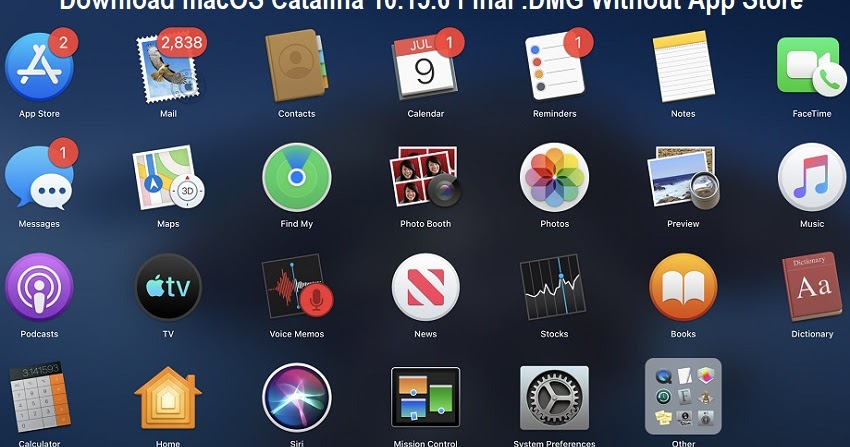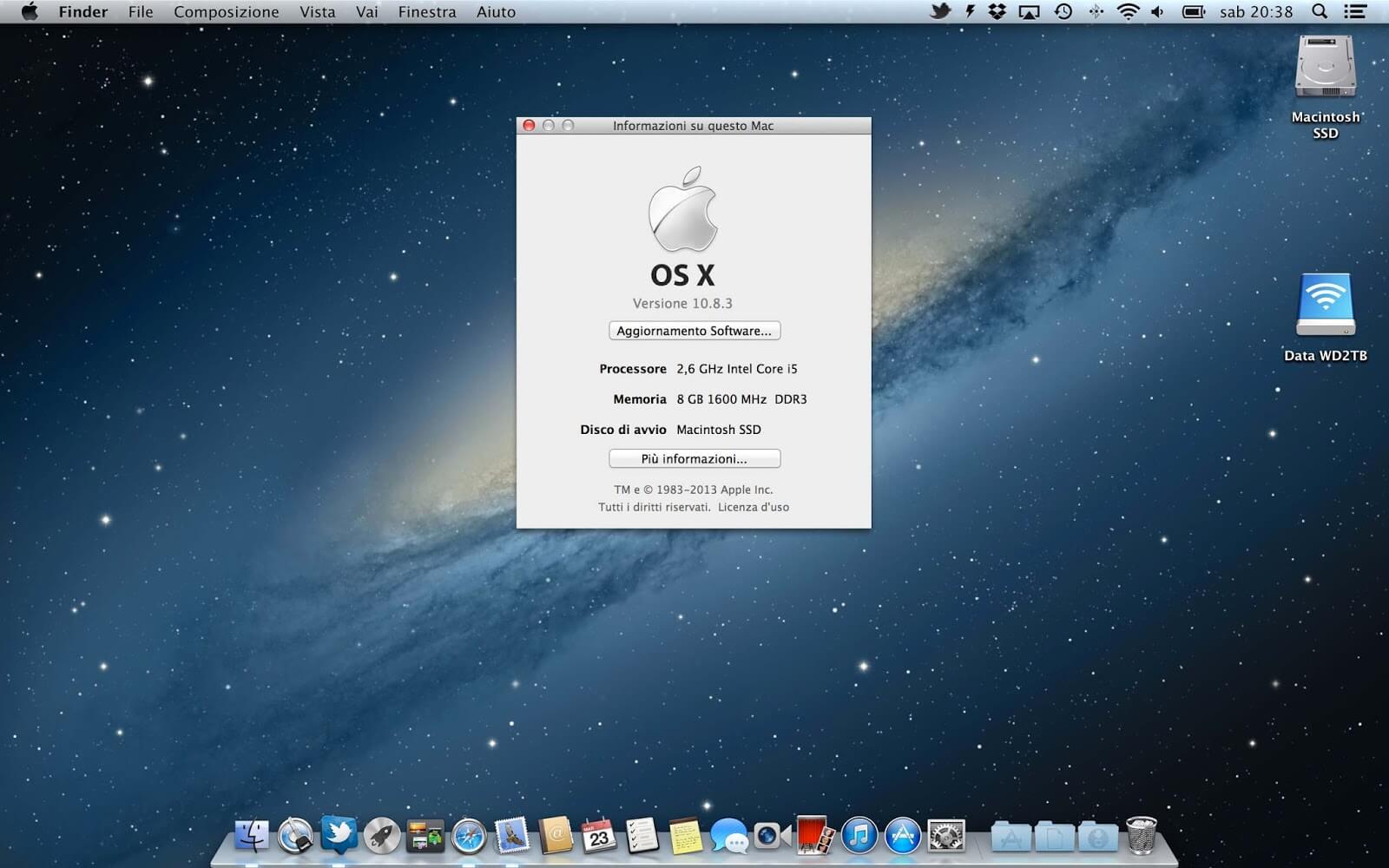The best Mac OS version is the one that your Mac is eligible to upgrade to. In 2021 it is macOS Big Sur. However, for users that need to run 32-bit apps on Mac, the best macOS is Mojave.
Download Mac OS X El Capitan 10.11.1 DMG free latest standalone offline setup. The Mac OS X El Capitan 10.11.1 DMG is the twelfth major release of OS X providing different enhancements and many new features.
- The Mac OS X Lion 10.7.5 DMG is an upgrade of OS X version 10.7 to improve the stability, compatibility, and security of the Mac. Mac OS X Lion 10.7.5 Review. Mac OS X Lion 10.7.5 DMG is an upgrade of OS X version 10.7 to improve the stability, compatibility, and security of the Mac. It is recommended for all OS X Lion users and includes.
- Mac OS X El Capitan 10.11 DMG Free Download. Bootable image 32/64 Bit file for iMac, MacBook (Mini, Pro, Air), and Xserve. Clean and tested.
- Steps to download OS X Yosemite 10.10 ISO/DMG files. These are the steps that have to be followed to download OS X Yosemite: Check if the model is compatible with OS X Yosemite 10.10. The user’s Mac has to be compatible with Mac OS X Yosemite 10.10 and Mac OS High Sierra. If this condition is not satisfied, the download will fail.
Mac OS X El Capitan 10.11.1 DMG Review
Among different Mac OS X releases, El Capitan 10.11 is known as a prominent release now known as macOS El Capitan providing numerous enhancements and a wide range of powerful features. It provides a sleeker user interface with an eye-catching environment; the users can find everything with the glimpse of an eye. This release basically focusses on the compatibility, security and the stability. There is a bundle of fixes that improve the performance and the reliability of the OS.
Numerous updates and enhancements make it even more stable environment than other previous OS X releases. Various new updated components and enhancements for mailboxes in Mail, various issue fixes and a bundle of compatibility enhancements are there for the ease of the users. It provides better compatibility for Microsoft Office 2016 as well as over 150 new emoji characters are added. All in all, it is a stable Mac OS X release providing a bundle of enhancements and issue fixes.
Features of Mac OS X El Capitan 10.11.1
- Focusses on stability, reliability, compatibility, and security of MAC
- Various updating components, issue fixes, and feature enhancements
- Addresses an issue with the mailboxes in Mail
- Provides better compatibility with Microsoft Office 2016
- Enhancements for different audio plugins and VoiceOver reliability
- Various enhancements for Maps, Safari, and Notes etc.
- Over 150 emoji characters are added
Technical Details of Mac OS X El Capitan 10.11.1 DMG
- File Name: Install_OS_X_El_Capitan.app.dmg
- File Size: 5.6 GB
- Developer: Apple


System Requirements for Mac OS X El Capitan 10.11.1 DMG
- 10 GB free HDD
- 4 GB RAM
- Intel Multi-Core Processor
macOS El Capitan 10.11.1 DMG Free Download
Download macOS El Capitan 10.11.1 latest version free DMG image installer for Macintosh by clicking the below button. You can also download Mac OS X El Capitan 10.11.6
These instructions are NOT applicable to Flash Player included with Google Chrome. Visit the Flash Player Help page for instructions on enabling (or disabling) Flash Player in various browsers.
Mac Os Dmg To Iso
If you use Windows, see Uninstall Flash Player | Windows.
If your Flash Player installation was not successful, use the following solution to reinstall.
Click the Apple icon and choose About This Mac.
The Mac OS version appears in the About This Mac dialog.
2. Run the uninstaller applicable to your Mac OS version
- Run the uninstaller on Mac OS X 10.4 and later, including macOS
Note:
Beginning with Flash Player 11.5, uninstalling the Flash Player resets the AutoUpdateDisable and SilentAutoUpdateEnable settings in mms.cfg to their default values:
- AutoUpdateDisable=0
- SilentAutoUpdateEnable=0
If you are running the Flash Player uninstaller as part of your deployment process, redeploy any custom changes to either AutoUpdateDisable or SilentAutoUpdateEnable.
Run the uninstaller on Mac OS X 10.4 and later, including macOS
Mac Os Dmg Vmware
Download the Adobe Flash Player uninstaller:
- Mac OS X, version 10.6 and later: uninstall_flash_player_osx.dmg
- Mac OS X, version 10.4 and 10.5: uninstall_flash_player_osx.dmg
The uninstaller is downloaded to the Downloads folder of your browser by default.
In Safari, choose Window > Downloads.
If you are using Mac OS X 10.7 (Lion), click the Downloads icon displayed on the browser.
To open the uninstaller, double-click it in the Downloads window.
Note: If the Flash Player installer window does not appear, choose Go > Desktop in the Finder. Scroll down to the Devices section and click Uninstall Flash Player.
To run the uninstaller, double-click the Uninstaller icon in the window. If you see a message asking if you want to open the uninstaller file, click Open.
- Bookmark or print this page so that you can use the rest of these instructions after you close your browser.
To close all browsers, either click the browser name in the Uninstaller dialog, or close each browser manually and then click Retry.
Note: Do not click Quit in the Uninstaller window. It stops the uninstallation process.
After you close the browsers, the uninstaller continues automatically until the uninstallation is complete. When you see the message notifying you that the uninstallation succeeded, click Done.
Delete the following directories:
- <home directory>/Library/Preferences/Macromedia/Flash Player
- <home directory>/Library/Caches/Adobe/Flash Player
Download the Adobe Flash Player uninstaller:
- Mac OS X, version 10.3 and earlier: uninstall_flash_player_osx_10.2.dmg (1.3 MB) (updated 05/27/08)
Choose Window > Downloads to view the downloaded uninstaller.
Save the uninstaller file in a convenient location.
To open the uninstaller, double-click it in the Downloads window.
To run the uninstaller, double-click the Uninstaller icon in the window. If requested, enter your computer user name and password and click OK.
Bookmark or print this page so that you can use the rest of these instructions after you close your browser. Close all browsers and other applications that use Flash Player, including instant messaging applications, SWF files, and projectors (EXE files that play SWF files). Otherwise, the uninstaller cannot finish (even though it appears to finish).
Once the uninstaller finishes, the window closes automatically.
You can verify that uninstallation is complete by following these steps:
Open your browser and check the status of Flash Player.
